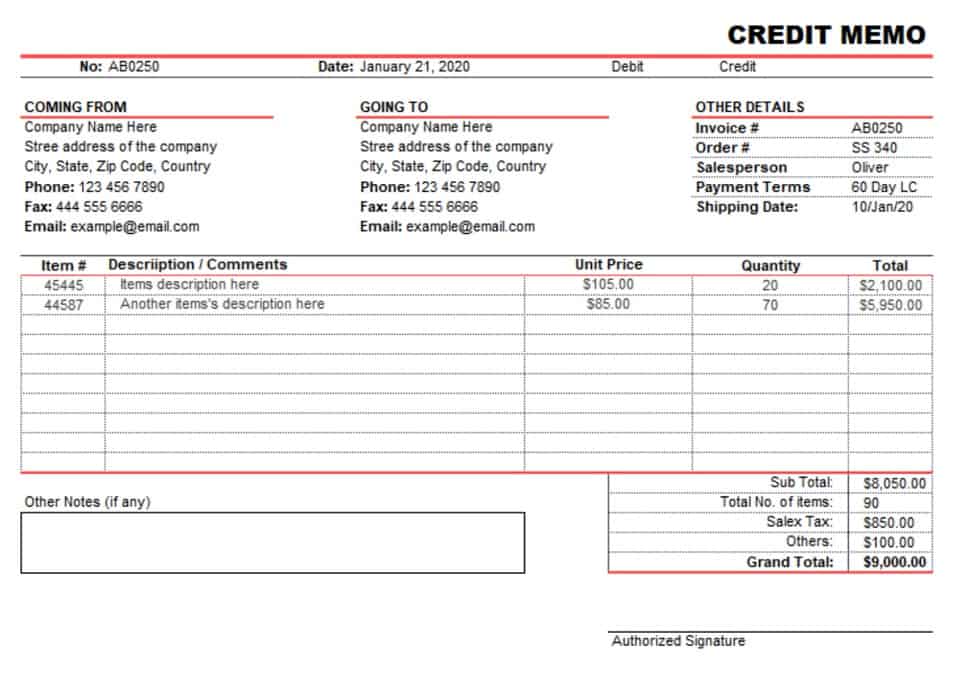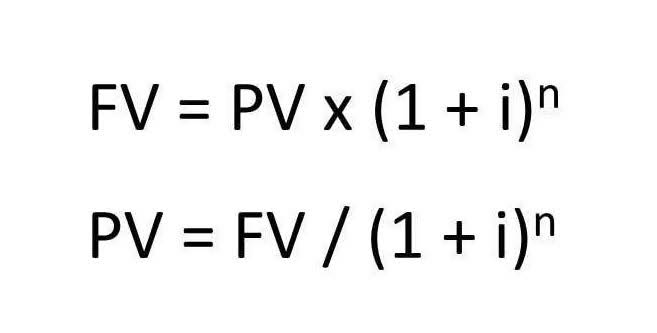
The amount of state income tax someone owes depends on their income level and their state’s tax rate. Some states have a flat tax rate, so everyone pays the same percentage of their income in taxes no matter how much they earn. Other states have a progressive tax rate, meaning that people who earn more pay a higher percentage of their income in taxes. Every state, including those with no income tax, has a state taxing authority with power to examine (audit) and adjust returns filed with it.
Factors affecting state income tax rates
Instead of levying income taxes, these states collect tax revenue from other sources like property taxes, sales tax, and motor vehicle licensing taxes. 259, enacted in September 2023, North Carolina accelerated the reduction of its flat individual income tax rate. Effective January 1, 2025, the tax rate dropped from 4.5 percent to 4.25 percent.
- Despite this, the state’s robust economy and relatively lower cost of living may help offset some of these tax obligations.
- Other metrics like education spending, curriculum quality, and technological readiness are also included.
- It was nearly doubled for all classes of filers by the 2017 Tax Cuts and Jobs Act (TCJA) as an incentive for taxpayers not to itemize deductions when filing their federal income taxes.
- A state income tax is a tax on income earned in that state.
California

It was nearly doubled for all classes of filers by the 2017 Tax Cuts and Jobs Act (TCJA) as an incentive for taxpayers not to itemize deductions when filing their federal income taxes. (set at $15,000 for single filers and $30,000 for joint filers in 2025) while suspending the personal exemption by reducing it to $0 through 2025. Most states use the federal tax code as the starting point for their own income taxes, but states vary in their approaches to bringing in the federal standard deduction and (currently suspended) personal exemption. Some states are conformed to out-of-date versions of the Internal Revenue Code (IRC), with California, which uses a 2015 (pre-TCJA) conformity date, as the most extreme case. In December 2024, Louisiana policymakers enacted a comprehensive tax reform law, which included individual income tax reforms that took effect January 1, 2025. These reforms included converting three individual income tax brackets into one and moving from a top marginal rate of 4.25 percent to a single rate of 3 percent.
States with the highest and lowest income tax rates
- Now, on to the states with minimal or no income tax, which could mean more money in your pocket after tax season.
- Minnesota’s Social Security tax exemption could exempt part or all of your benefits from state income taxes if you make under a certain amount.
- On the other end of the spectrum, Alaska, Florida, Nevada, South Dakota, Tennessee, Texas, Washington, and Wyoming don’t charge any income tax, which makes them attractive states to move to, WalletHub said.
- Oklahoma’s state and local tax rate is slightly above the national average, resulting in a moderate tax burden for residents.
- The higher an individual’s income, the higher the tax bracket they will be placed into.
- If you work in a different state than where you live, you may have to file state returns in any state where you have earned income.
The argument for graduated tax rates is that they’re tied to your income so those who earn more pay more. A flat tax, on the other hand, can have a disproportionate impact on low-income taxpayers. States with maximum income tax rates of at least 5% but less than 6% are Rhode Island, New Mexico, Idaho, Georgia, Maryland, Virginia, Kansas, Alabama, and Mississippi. New Jersey maintains a state and local tax rate above the national average, resulting in a relatively high tax burden for residents.

USAFacts is a not-for-profit, nonpartisan civic initiative making government data easy for all.
While sales taxes often go overlooked in budgeting, they can accumulate significantly over time. Keep in mind that states with no or lower average state income tax sales tax may have higher rates in other forms of tax to make up the difference. Income tax is self assessed, and individual and corporate taxpayers in all states imposing an income tax must file tax returns in each year their income exceeds certain amounts determined by each state. Returns are also required by partnerships doing business in the state. Many states require that a copy of the federal income tax return be attached to their state income tax returns. The deadline for filing returns varies by state and type of return, but for individuals in many states is the same as the federal deadline, typically April 15.
- Thanks to California’s tax expansion, the 2025 top rate is increased to 14.5% due to the state eliminating its wage cap on employee payroll tax for State Disability Insurance (SDI).
- New Hampshire residents have the lowest burden—the state doesn’t charge a general sales tax, and other excise taxes only work out to less than 1% of the average resident’s income each year.
- Many state pages also provide direct links to selected income tax return forms and other resources.
- Of the 50 states, a total of 43 have some form of state income tax.

For example, the top rate kicks in at or above $1 million in California (when the “millionaire’s tax” surcharge is included), Massachusetts, New Jersey, New York, and the District of Columbia. New Hampshire exclusively taxes dividend and interest income while Washington only taxes capital gains income. The Big Apple allows some taxpayers 59.5 years and older to deduct up to $20,000 of qualified retirement income, but depending on that exemption might not be enough to retire in New York under the highest tax rate.
- Hawaii has the highest total tax burden, with residents paying out nearly 14% of their income to state and local governments, including 4.2% on income taxes, 2.6% on property taxes, and 7.2% in sales and excise taxes.
- Most states provide for modification of both business and non-business deductions.
- States collected state income taxes from residents annually.
- Assessing the quality of local schools, public services, and community infrastructure is also important.
- Tennessee’s state and local tax rate is slightly above the national average, resulting in a moderate tax burden for residents.
Payroll
However, you’ll get a credit for taxes paid to other states than your primary residence, so you won’t pay state income tax twice. In general, you’ll only be taxed on income in the state where you live, not the state where you work. Montana has a relatively low state and local tax rate, resulting in a tax burden significantly below the national average. This makes Montana an attractive destination for individuals and families looking to minimize their tax liabilities.
521 was enacted, retroactively reducing Idaho’s individual and corporate income tax rates from 5.8 to 5.695 percent as of January 1, 2024. These state income tax rates apply to income earned in 2024, which is reported on tax returns filed in 2025. California has the highest income tax rate in the U.S., with a staggering 13.3% on income over $1 million for single filers, and $1,442,628 for taxpayers married filing jointly. North Dakota maintains Accounting for Marketing Agencies a state and local tax rate slightly above the national average, resulting in a moderate tax burden for residents. Despite this, the state’s robust economy and relatively lower cost of living may help offset some of these tax obligations.
Beyond the rates:

Compare states with no income tax, flat income taxes, or graduated-rate income tax. And even if your earnings are lower — $8,500 (single filer) or $17,150 (married filing jointly) — you’ll still have a 4% tax rate on income. Also, The Nation’s Capital is included on the list of states with scary estate taxes, meaning your heirs might pay more in tax, too. Vermont has a recording transactions Social Security exemption for qualified residents, but your adjusted gross income (AGI) must be $65,000 or less (married filing jointly).
